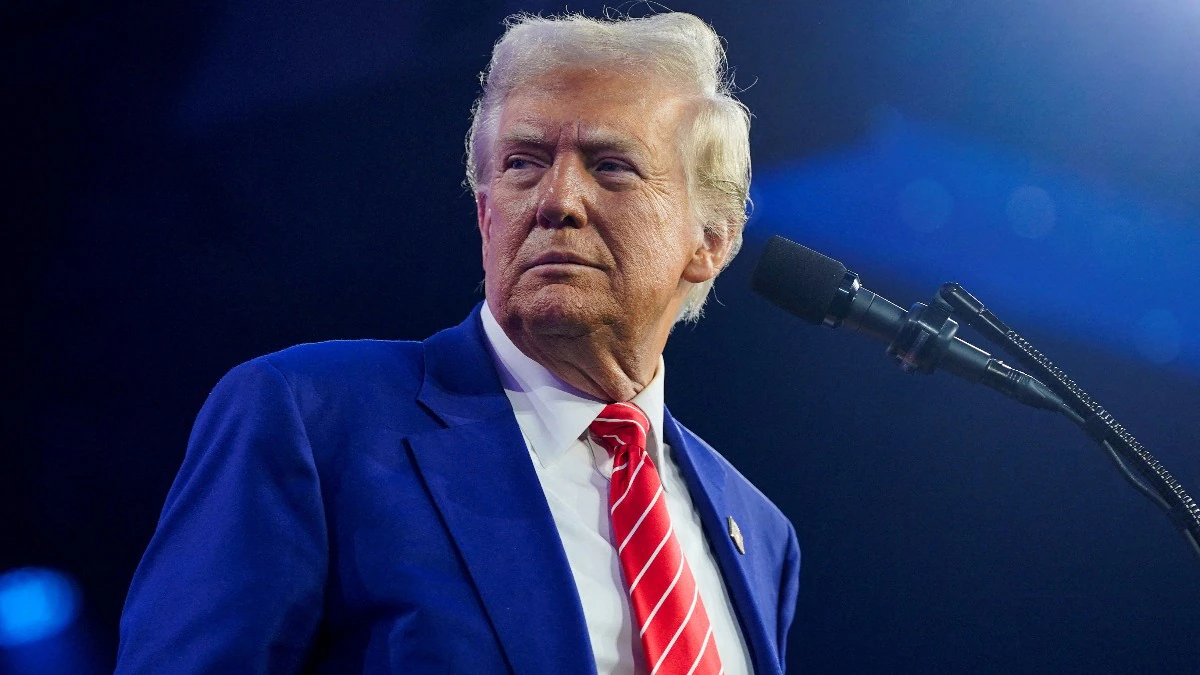As discussions about Social Security continue to dominate political debates, former President Donald Trump has positioned himself as a defender of the program. However, some argue that instead of trying to fix Social Security, Trump should push to phase it out and free Americans from what has become a financially unsustainable system.
1. Social Security Is Fiscally Unsustainable
Social Security faces serious funding challenges. The Social Security Trustees Report projects that by 2034, the program’s trust fund will be depleted, meaning incoming payroll taxes will only cover about 77% of scheduled benefits. Without major reforms, future retirees could see benefit cuts. Instead of patching up a failing system, some believe the focus should be on moving toward a privatized alternative.
2. Americans Deserve Financial Independence
Social Security was originally designed as a safety net, but for many, it has become their primary source of retirement income. Critics argue that mandatory contributions to the program limit personal financial freedom, forcing workers to depend on a government-run system instead of investing in private retirement accounts that could offer higher returns. A shift toward privatization could allow individuals to take control of their own retirement savings.
3. Young Workers Are Paying for a Broken System
Younger generations, particularly Millennials and Gen Z, are increasingly skeptical about Social Security’s long-term viability. With fewer workers paying into the system per retiree, many younger Americans fear they will contribute to Social Security for decades but receive little to no benefits in return. Phasing out Social Security in favor of personal retirement savings accounts could provide a more sustainable future.
4. Fixing Social Security Means Higher Taxes or Benefit Cuts
To keep Social Security solvent, policymakers must either raise payroll taxes, reduce benefits, or increase the retirement age—none of which are politically popular. Many argue that Trump, instead of making tweaks to the current system, should champion a market-driven retirement approach that allows workers to keep more of their earnings and invest as they see fit.
5. A Market-Based Solution Could Provide Better Returns
Historically, Social Security offers lower returns on investment compared to private retirement accounts such as 401(k)s or IRAs. While the stock market has delivered an average 7-10% annual return, Social Security’s return is significantly lower. Advocates for reform believe that allowing Americans to invest their retirement savings in the private sector could lead to higher financial security in retirement.
Final Thoughts
Rather than focusing on short-term fixes for Social Security, Donald Trump has the opportunity to push for a fundamental shift in how Americans save for retirement. A system that allows for personal investment, financial independence, and higher returns could be the key to ensuring future retirees are not trapped in an unsustainable program.
For more insights on Social Security reform, visit the Heritage Foundation.
Disclaimer – Our team has carefully fact-checked this article to make sure it’s accurate and free from any misinformation. We’re dedicated to keeping our content honest and reliable for our readers.







